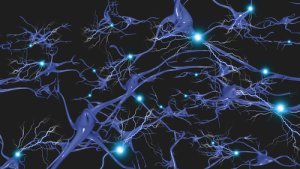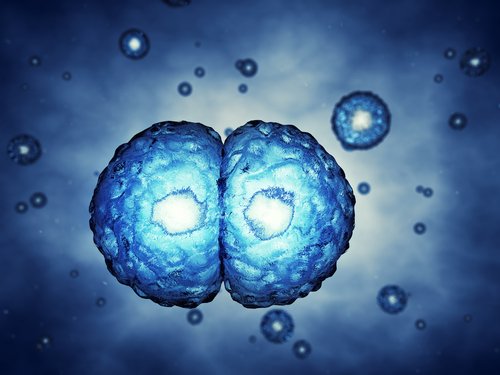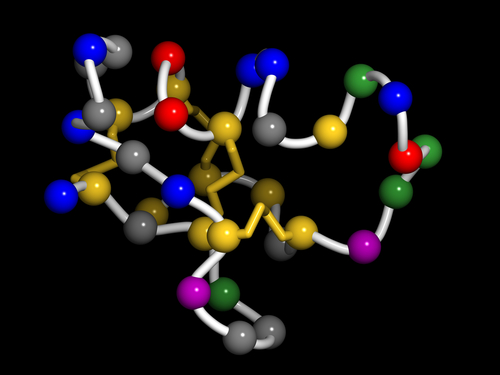Author:
History:
 Initial postulates of the intoxication theory of aging were proposed by
Initial postulates of the intoxication theory of aging were proposed by
Example:
There are a lot of cells in mature organism which do not divide or divide very slowly but continue taking part in the metabolism. Among these cells are brain and heart cells. Systematically, these cells accumulate side products of the metabolism and these products begin to impede cells' normal functioning.
Description of the Theory:
 The theory postulates that aging is connected with the accumulation of different chemical agents in the cells and the organism can not use or throw this agents away.
The theory postulates that aging is connected with the accumulation of different chemical agents in the cells and the organism can not use or throw this agents away.
It is supposed that in the course of the metabolism, there are side reactions in the cells due to fundamental imperfection of chemical and, specifically, enzymatic transformations. The more complex and intensive metabolism, the more types of side products arise in chemical reactions. Some of these products leave cells easy, but some ones are utilizing by special enzymes. One or even more enzymes have to work for each side product utilization. Different organisms have different sets of enzymes destroying side products of metabolism. Usually, these enzymes are not numerous and they operate only with the most common and the most toxic of the side products.
 Remaining side products simply accumulate in the cells. The only and universal way to fight these substances is to dilute them in the process of cell division. This method successfully works, but it works for dividing cells only. Multicellular organisms, such as human being, have problems with side products because a lot of cells stop dividing but continue to take part in the metabolism. Such cells, e.g. essential brain and heart cells, accumulate side products of the metabolism, and these products begin to impede cells' normal functioning.
Remaining side products simply accumulate in the cells. The only and universal way to fight these substances is to dilute them in the process of cell division. This method successfully works, but it works for dividing cells only. Multicellular organisms, such as human being, have problems with side products because a lot of cells stop dividing but continue to take part in the metabolism. Such cells, e.g. essential brain and heart cells, accumulate side products of the metabolism, and these products begin to impede cells' normal functioning.
 The main intracellular side product is lipofuscin, also known as
The main intracellular side product is lipofuscin, also known as
 Nowadays, such scientists as B. Davidson and
Nowadays, such scientists as B. Davidson and
The second type of toxic products are amiloids that accumulate in the nervous tissue mainly. The most
Furthermore, side products of metabolism somehow include glycated proteins that are proteins which have covalent bonds with a sugar molecule. Thereby, the intoxication theory includes someway the
Additions and Сriticism:
Nowadays, this theory develops actively. Its postulates find wide application in the creation of practical methods for preventing of aging.
Publications:
- Сергиев, П. В.,
О. А. Донцова , andГ. В. Березкин . «Теории старения. Неустаревающая тема." Acta Naturae (русскоязычная версия) 7.1 (24) (2015). - Gladyshev, Vadim N. «On the cause of aging and control of lifespan." Bioessays 34.11 (2012): 925–929.
-
Gladyshev, Vadim N. «The origin of aging:
imperfectness-driven non-random damage defines the aging process and control of lifespan." Trends in Genetics 29.9 (2013): 506–512.